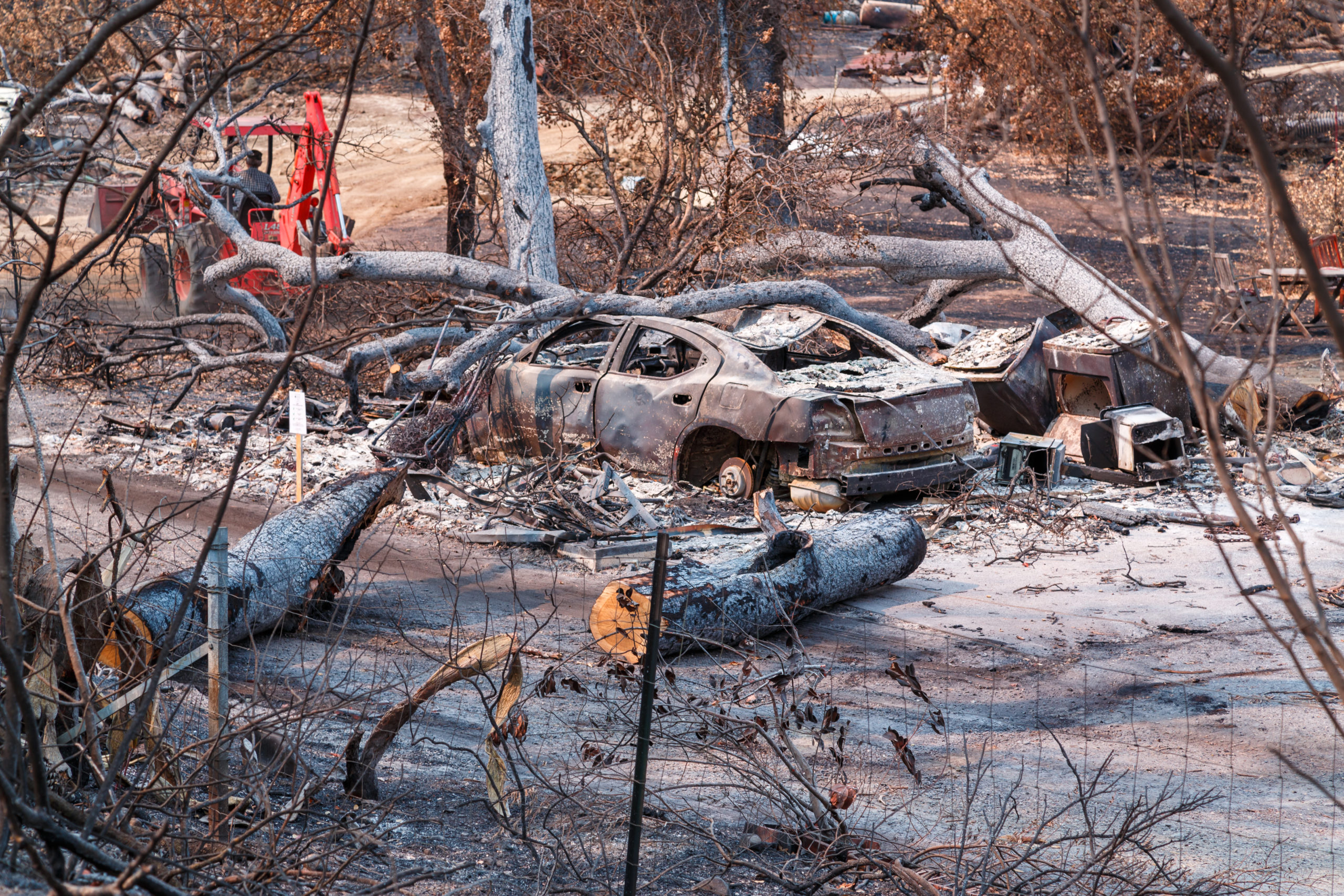It’s a situation more Americans are facing, a natural disaster strikes, but private insurance and government relief programs don’t cover all of the repair costs.
The pain homeowners experienced jumped in 2021. According to the National Oceanic and Atmospheric Administration, the U.S. had 20 disasters ranging from wildfires to hail storms, costing at least a billion dollars.
The country has averaged about seven disasters topping one billion dollars, adjusted for inflation, every year since 1980. But in the five most recent years, the average jumped to more than 17.
“There’s now widespread recognition that this isn’t a one-off thing, that we are on a trajectory of ever-increasing risk,” said Carolyn Kousky, executive director of the University of Pennsylvania’s Wharton Risk Center, to the USA Today Network. “We’re going to be seeing this and a lot worse in the coming years. This is not sustainable.”
Experts who study the insurance industry say many disasters are too expensive to fully insure. An article by The Desert Sun on the struggle to pay for disaster recovery reported:
“Will insurance, and even can insurance, ever completely provide coverage in a meaningful way for natural disasters? The answer to that is no,” said Donald Hornstein, a professor of insurance and environmental law at the University of North Carolina. “To do so would probably cause premiums to be so high as to be unaffordable.”
Hornstein said events like tropical storms present “correlated risk,” which means they can devastate wide swaths of policyholders, and wipe out insurance companies. After huge losses in the mid-20th century, companies stopped covering floods, leading to the creation of FEMA’s National Flood Insurance Program in 1968.
The program now provides more than 95% of all flood insurance policies in the U.S. But it has been billions of dollars in debt since Hurricane Katrina struck in 2005, leaving taxpayers on the hook when Congress forgives the debt.
And many homeowners and business owners remain uninsured or underinsured by the program. Residential coverage maxes out at $250,000, even though the median home sales price in the U.S. recently eclipsed $400,000, according to federal data.
It’s important for homeowners to review and update their policies, especially with recent price hikes to building materials.
Insurers in the West are dropping wildfire coverage and excluding other disasters, including earthquakes and mudslides. Having a trusted insurance advisor can help you navigate the perilous landscape and find the best coverage.


